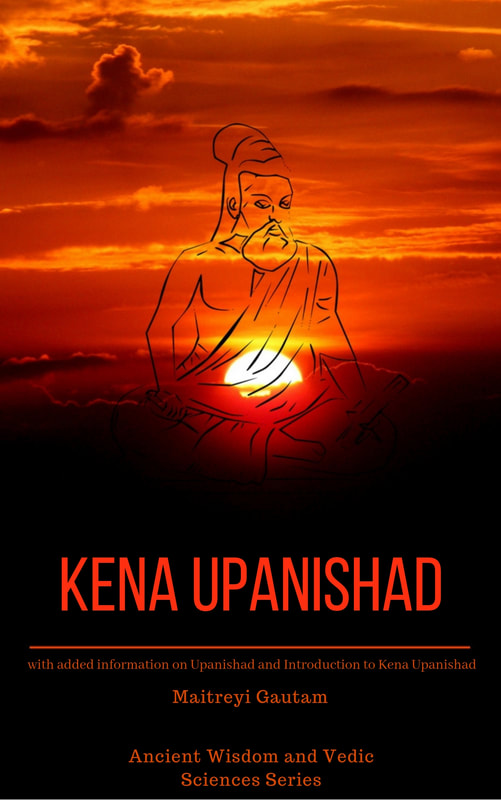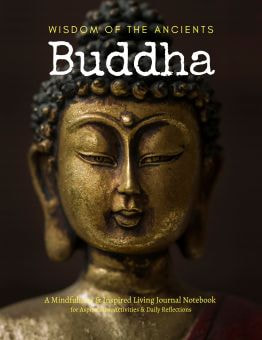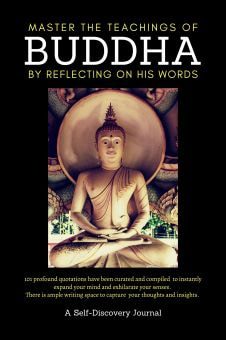| "Tat Tvam Asi", a phrase from the ancient Chandogya Upanishad, is one of Hindu philosophy's four Maha-Vaakyas or "great sayings". Translated from Sanskrit, it means "Thou Art That," or in more contemporary terms, "You are That." Understanding this simple yet profound statement requires a journey into the philosophical depths of Advaita Vedanta. "Tat Tvam Asi" - The Maha Vaakya | |
At its core, "Tat Tvam Asi" signifies the unity of the individual self (Jiva or Atman) with the universal Self (Brahman). The phrase is presented in the Upanishad as a teaching from the sage Uddalaka to his son Shvetaketu.
The sage employs various analogies to illuminate this truth, one of the most memorable being that of salt dissolved in water, signifying the indistinguishability of the individual self from the universal Self.
The sage employs various analogies to illuminate this truth, one of the most memorable being that of salt dissolved in water, signifying the indistinguishability of the individual self from the universal Self.
"Tat," or "That," refers to Brahman, the ultimate reality or absolute truth in Hindu philosophy. Brahman is formless, limitless, unchanging, and transcendent, yet it is the essence of everything in the cosmos.
"Tvam," or "You," signifies the individual self or Atman. In our everyday experience, we tend to identify with our body, mind, and ego, perceiving ourselves as separate entities. However, Vedantic philosophy posits that beneath these layers of identity lies the Atman, our true Self, which is divine and identical to Brahman.
"Asi," or "Are," is the connecting word, asserting the fundamental identity of Atman and Brahman. This is not a relationship of similarity, but of oneness. It proclaims that the individual self, when stripped of its false identities, is not different from the universal Self.
Understanding "Tat Tvam Asi" is more than an intellectual exercise; it is an experiential realization. It requires self-inquiry and meditation to peel away layers of ignorance and illusion. It demands the courage to look beyond superficial identities tied to our body, mind, and social roles. As we delve deeper into our consciousness, we begin to experience our true nature as pure existence, consciousness, and bliss (Sat-Chit-Ananda).
The realization of "Tat Tvam Asi" has profound implications. It dissolves the illusion of separateness, fostering a sense of unity with all existence. This transformative understanding can lead to a life marked by compassion, love, and peace, as we no longer see others as separate from ourselves.
"Tvam," or "You," signifies the individual self or Atman. In our everyday experience, we tend to identify with our body, mind, and ego, perceiving ourselves as separate entities. However, Vedantic philosophy posits that beneath these layers of identity lies the Atman, our true Self, which is divine and identical to Brahman.
"Asi," or "Are," is the connecting word, asserting the fundamental identity of Atman and Brahman. This is not a relationship of similarity, but of oneness. It proclaims that the individual self, when stripped of its false identities, is not different from the universal Self.
Understanding "Tat Tvam Asi" is more than an intellectual exercise; it is an experiential realization. It requires self-inquiry and meditation to peel away layers of ignorance and illusion. It demands the courage to look beyond superficial identities tied to our body, mind, and social roles. As we delve deeper into our consciousness, we begin to experience our true nature as pure existence, consciousness, and bliss (Sat-Chit-Ananda).
The realization of "Tat Tvam Asi" has profound implications. It dissolves the illusion of separateness, fostering a sense of unity with all existence. This transformative understanding can lead to a life marked by compassion, love, and peace, as we no longer see others as separate from ourselves.
In conclusion...
"Tat Tvam Asi" is a profound declaration of non-duality, encapsulating the essence of Advaita Vedanta.
It is a guiding light for spiritual seekers aiming to experience their true nature and realize the interconnectedness of all life. It serves as a reminder that beneath our perceived differences, we are one with the universal truth.
It is a guiding light for spiritual seekers aiming to experience their true nature and realize the interconnectedness of all life. It serves as a reminder that beneath our perceived differences, we are one with the universal truth.























